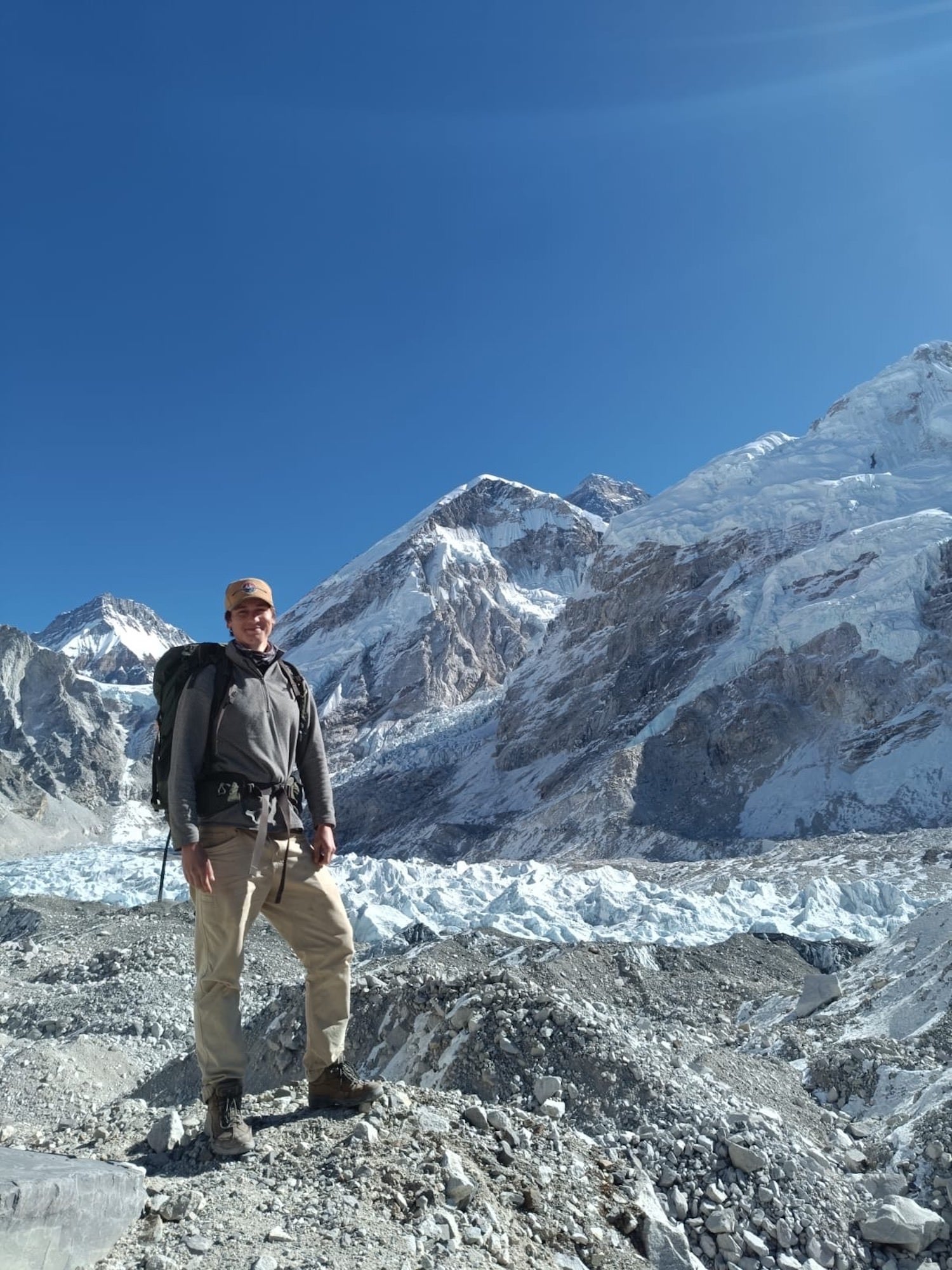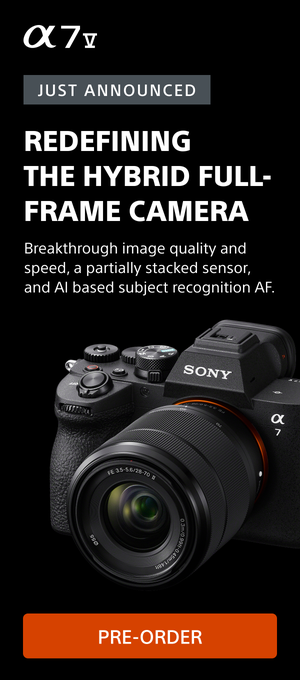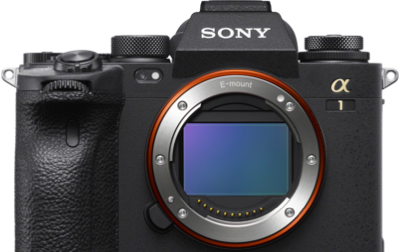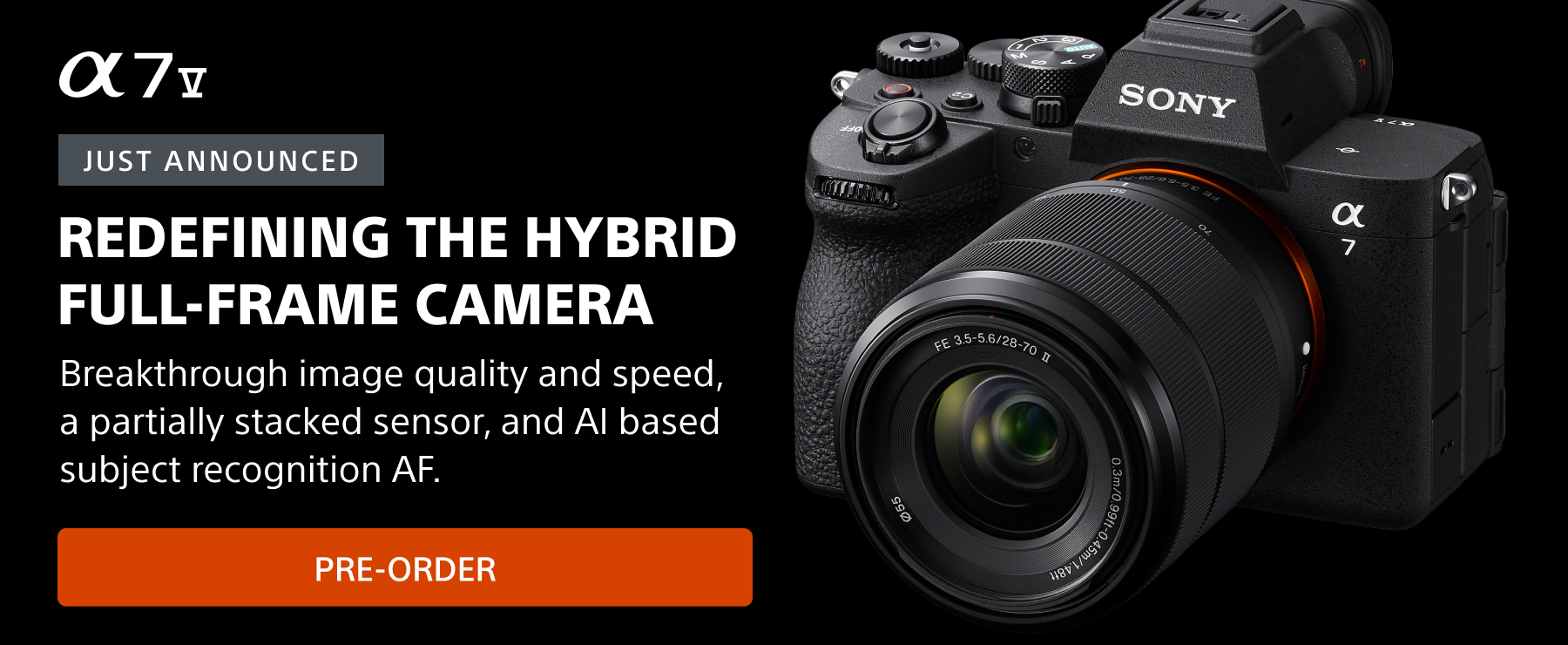Alex Williams (@alxxvisuals) is a landscape and polar expedition photographer from the UK. “When at work I am traveling to the most remote corners of the earth, from the High Arctic to Antarctica onboard expedition vessels where I share my passion and knowledge in photography with those traveling alongside me,” he explains. “When not at work I travel in my own time to pursue natural beauty around the world, photographing remote landscapes, vibrant cultures and the people that I meet.” We caught up with Williams to learn more about this incredible time-blended panoramic composite photo he took on an Everest expedition at night – keep reading as he shares his story behind the shot.
Product Preview – In This Article You’ll Find:
–Sony Alpha 7R III
–Sony 16-35mm f/2.8 G Master
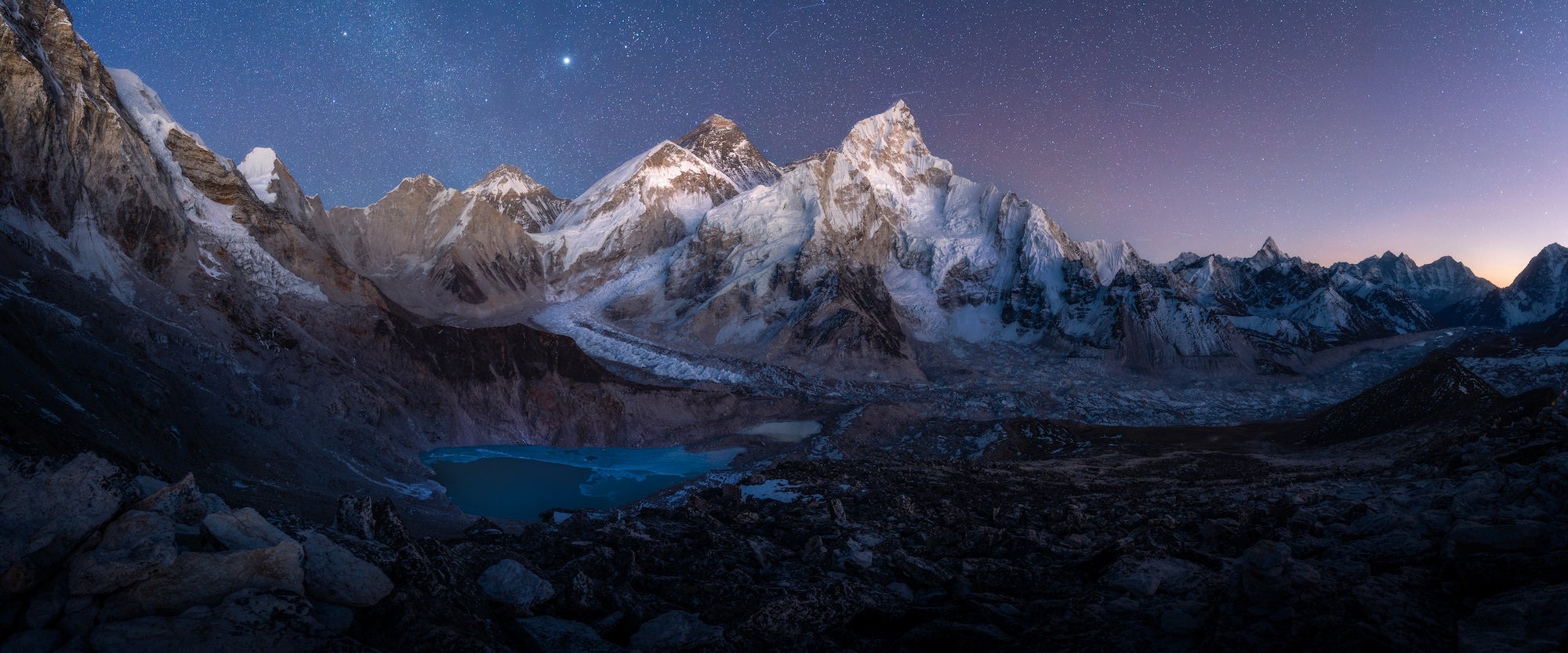
Photo by Alex Williams. Sony Alpha 7R III. Sony 16-35mm f/2.8 G Master. Foreground: .6-sec., f/8, ISO 6400. Astro: 10-sec., f/2.8, ISO 6400
A Solo Trek Through The Himilayas
In December 2024 I spent 24 days trekking alone through the Nepali Himalayas, tracing the original Everest expedition route taken by Edmund Hillary and Tenzing Norgay - a route largely forgotten by modern day visitors to the region since the construction of the airport at Lukla. I started in the foothills and ascended all the way to the high mountains where I walked the legendary Three Passes trek, taking me through some of the most epic scenery Nepal has to offer.
My original reasons for undertaking this odyssey were not to do with photography – I felt the need for a new challenge, photography came second. I believe with landscape photography you must completely love the process, otherwise stay home. If the only reason for you to go somewhere is to take a photograph you risk bitter disappointment in the event it doesn’t work out - which is certainly not uncommon in this kind of photography. For me the adventure is just as important. I love the process of getting to those locations and, should I walk away with no picture at all, I still place great value in the experience alone.
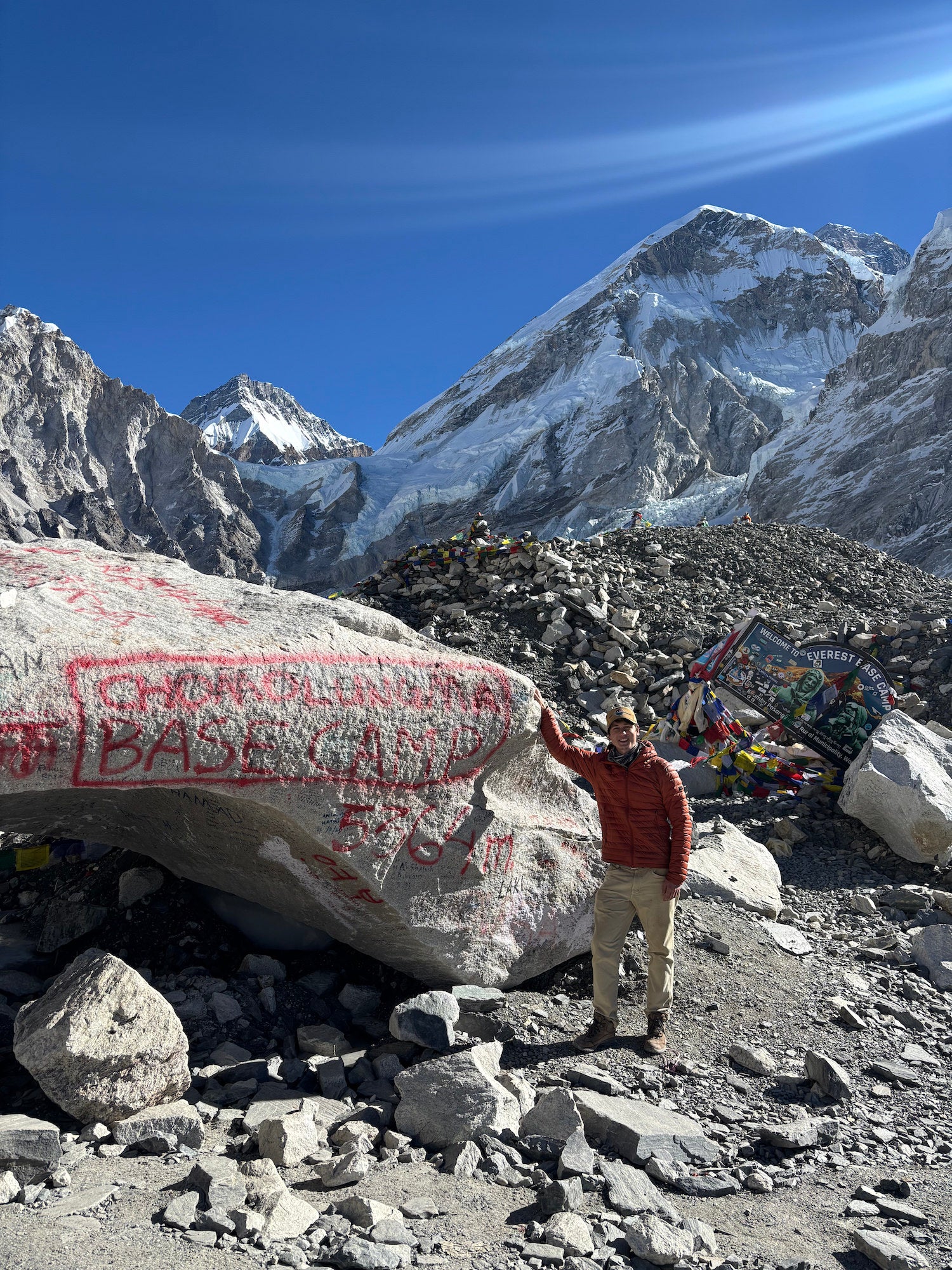
Photographer Alex Williams Alex at Basecamp
I packed my camera and began the trek with no specific image in mind. Sometimes this is exactly how it goes - the true purpose for the journey not becoming clear until later. When I did the trek during December I noticed the skies were completely clear each day, in these conditions it makes sunrise/sunset photography a little harsher and less desirable light-wise, but what it does allow for is beautifully clear night skies and perfect blue hour conditions. This is where an idea began to form.
The final image was taken at Kala Patthar - the highest point of the entire trek at 5600 metres. At this altitude each breath earns only 50% of the oxygen it does at sea level. I dragged myself up the last 500 vertical metres to the viewpoint from my lodge below. I had already been trekking alone for 17 days, carrying my camera equipment with me. I realized this one single image was the culmination of my entire 24 day journey - not just as the highest point but as an almost spiritual moment in which I gained unbridled views of the tallest mountains on earth. In the scene you can see famous peaks such as Nuptse, Lhotse and Mount Everest, the darker peak at the back-center.
Photographer Alex Williams in the Himalayas
A Minimal Setup For The Mountains
For a journey like this, trekking alone and carrying all my belongings, it was necessary to pack as minimal camera setup as possible to save weight. I used my Sony A7R III and my Sony 16-35mm f/2.8 GM lens - my absolute favourite landscape photography lens and the perfect tool to capture these huge Himalayan scenes, bringing it with me was a no-brainer. I brought a lightweight travel tripod too and my ultra-light, super compact Sony 50mm f/1.8 just in case I wanted a slightly longer focal length, but this had to be the extent of my setup. When trekking for weeks on end, every single gram counts, it’s times like these that a Sony mirrorless camera body is a blessing.
Committed To The Shot
To make an image like this requires time and commitment - most would not spend so long on such an exposed high altitude viewpoint, especially during December when temperatures plummet at night. Arriving before sunset I sat and waited, I watched other groups arrive, click their selfies and descend back down. I kept waiting, layered up against the cold and wind. It took me around 3 hours in total to capture this photo, from sunset to blue hour and until the stars came out.
The shot was created using a time blend - capturing the foreground section toward the end of blue hour to allow the use of a low ISO value and therefore less noise, plus retaining some ambient light on the scene from the post-sunset glow on the horizon. This allows maximum quality for the foreground part of the photo. I left my camera in place on the tripod and later photographed the star element separately from the same location.
Foreground
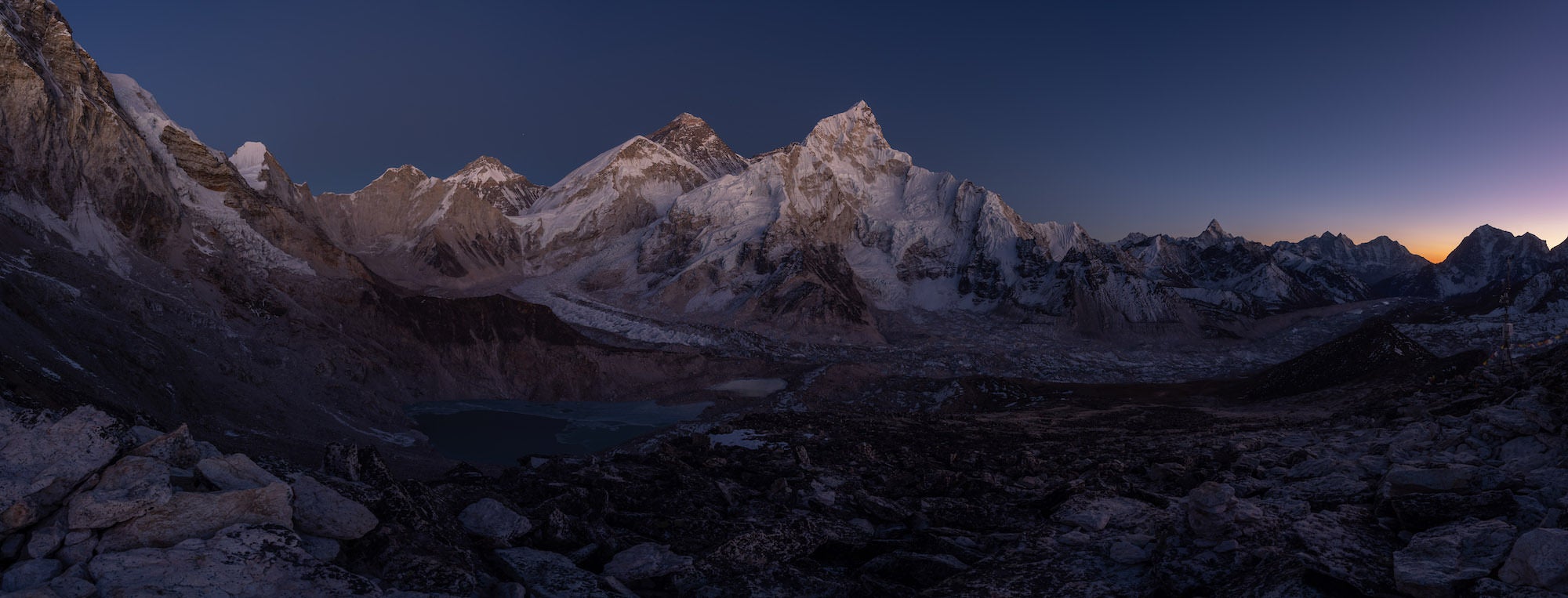
Photo by Alex Williams. Sony Alpha 7R III. Sony 16-35mm f/2.8 G Master. Foreground: .6-sec., f/8, ISO 6400
Night Sky
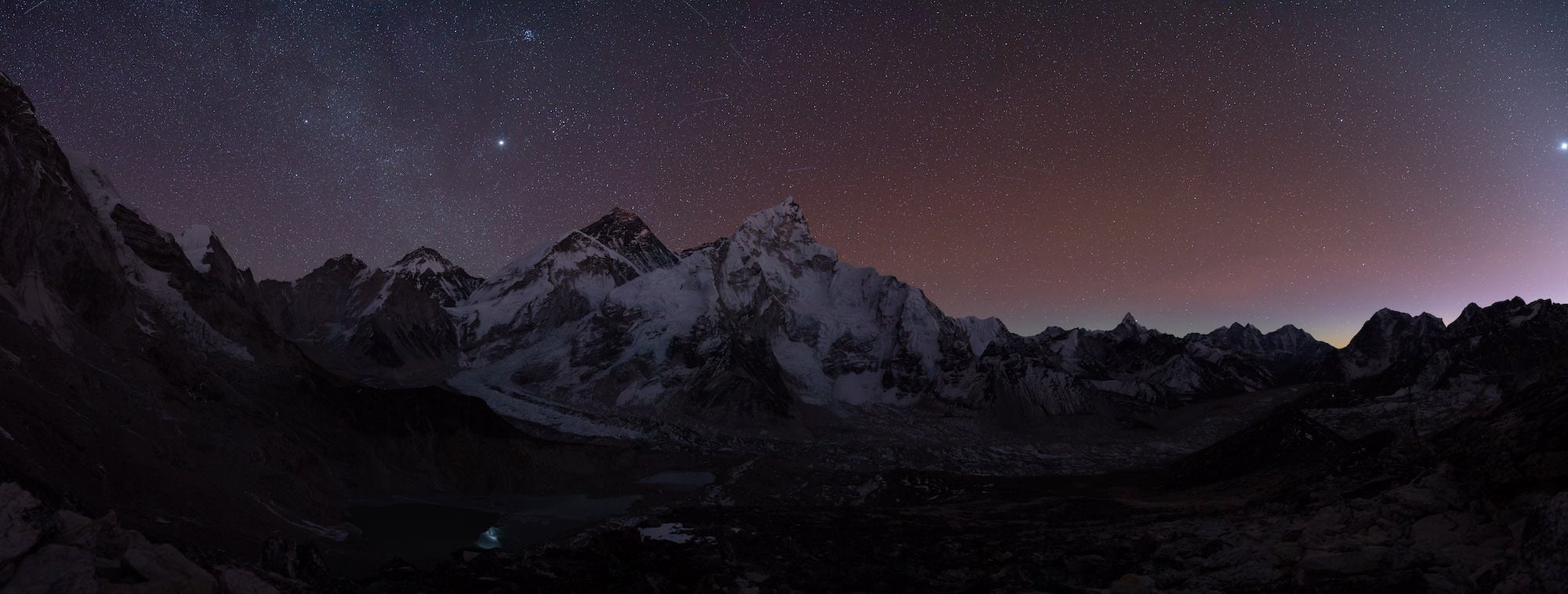
Photo by Alex Williams. Sony Alpha 7R III. Sony 16-35mm f/2.8 G Master. Astro: 10-sec., f/2.8, ISO 6400
Both elements were taken as 8-shot panoramas, this being the only way to capture such a vast sweeping vista. Issues can arise when trying to accurately blend two separately shot panoramas as, when they are separately stitched together in post, there can be some subtle differences in warping making it impossible to accurately line up the two layers. With this in mind I made sure that when I photographed the astro panorama I used a slightly wider focal length and angled my camera upwards a touch more to ensure I have buffer room to work with when it came to hiding the foreground of the astro layer behind the blue hour layer.
My final camera settings for the foreground were: .6-sec., f/8, ISO 6400, and for the night sky: 10-sec., f/2.8, ISO 6400
Stitching Together Panoramas
The first step of the edit was to stitch both panoramas – this I did with the Lightroom panorama function, which is the simplest and most seamless way to blend a pano that I have come across. I add some simple starter edits to both panos to better match them in tone and exposure.
With both of those panoramas ready I opened them as layers in Photoshop and began the blending process. I have developed a way to blend layers like this to create a gentler connection between the two thus allowing the image to feel more cohesive. First I create a duplicate of the blue hour layer to sit in between the front and the astro layer then hide the duplicate for now. I mask out the sky of the foreground to show the stars then move that astro layer to line it up as perfectly as possible to match the foreground. I next show the duplicate layer and screen-blend it with the astro layer behind, then a few tweaks to reduce brightness, add contrast and slightly reduce opacity of the duplicate layer until it looks right.

Photo by Alex Williams. Sony Alpha 7R III. Sony 16-35mm f/2.8 G Master. Foreground: .6-sec., f/8, ISO 6400. Astro: 10-sec., f/2.8, ISO 6400
I save this blended image back into Lightroom where it’s then important to do some global adjustments to it in order to solidify the blend. At this point I make some white balance and colour corrections plus small tone adjustments to get it looking more cohesive. My final step is to bring it back into Photoshop for some dodging and burning on areas to help guide my viewers eye.
See more of Alex Williams’ work on Instagram @alxxvisuals and at alexjwphoto.com.
